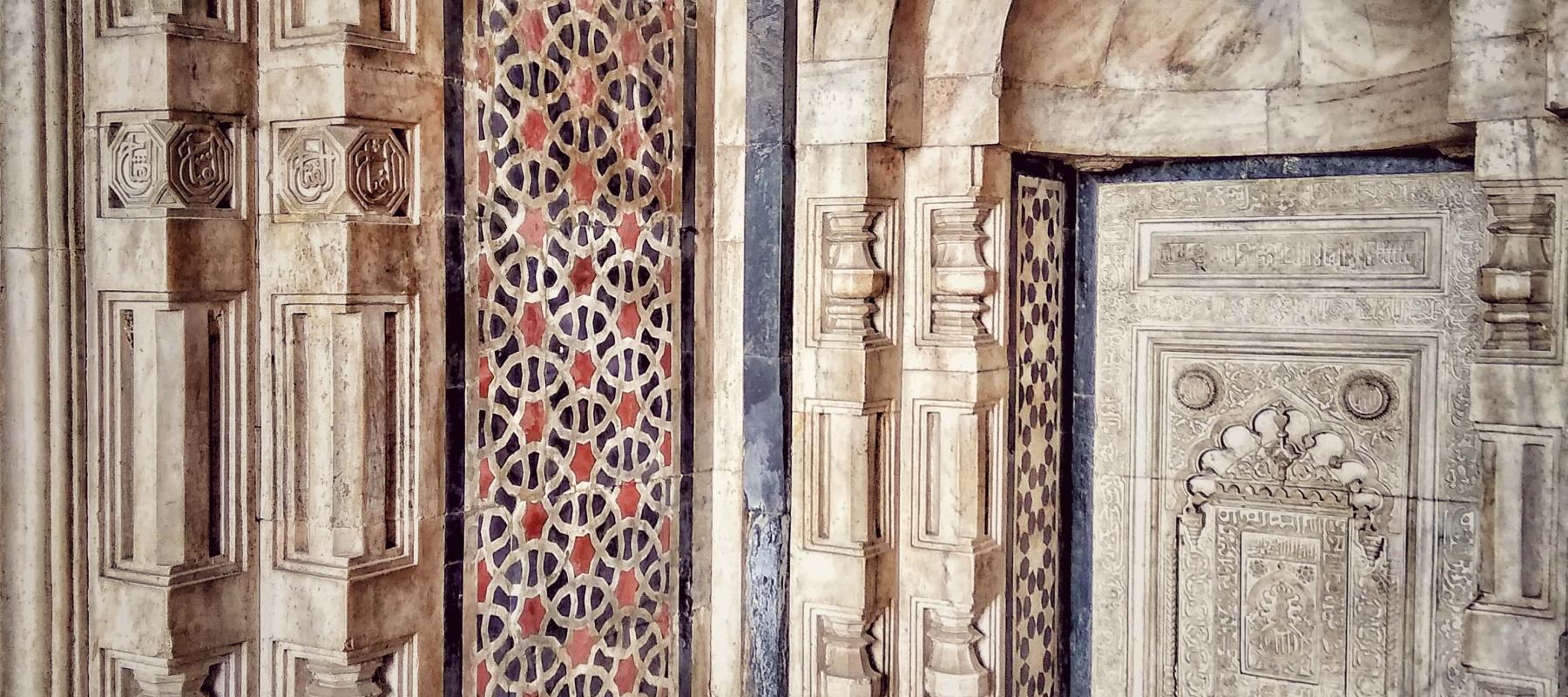Although more impressive forts have existed in the vast historical landscape of Delhi, the site of the Purana Qila boasts a continuous cultural deposit from the Mauryan to the Mughal periods. Grey ware that dates back to the third century BC, a Gupta-period bull, terracotta ear studs and miniature pots allude to glorious periods of Indian civilisation. The decline of the Indus Valley Civilisation was marked by the rise of the mahajanpada era—the 16 republics that arose in the region spanning Gandhara in present-day Afghanistan to the trans-Vindhya region and the edge of the Gangetic plains. Areas such as these—including Kosala, Magadha, Vatsa and Kuru—were known for their artistic patronage and sophisticated urban settings. A Mughal-era historian once suggested that this was the hallowed site of Indraprastha. Whatever the extent of its veracity, the idea of the fabled city is embedded in the soil of the Purana Qila.
Encompassing a fascinating citadel surrounded by a moat, the Purana Qila also includes the famed astronomical tower where Humayun fell to his death, a baoli and a quaint mosque in a walled garden complex.
This guided tour is free.


